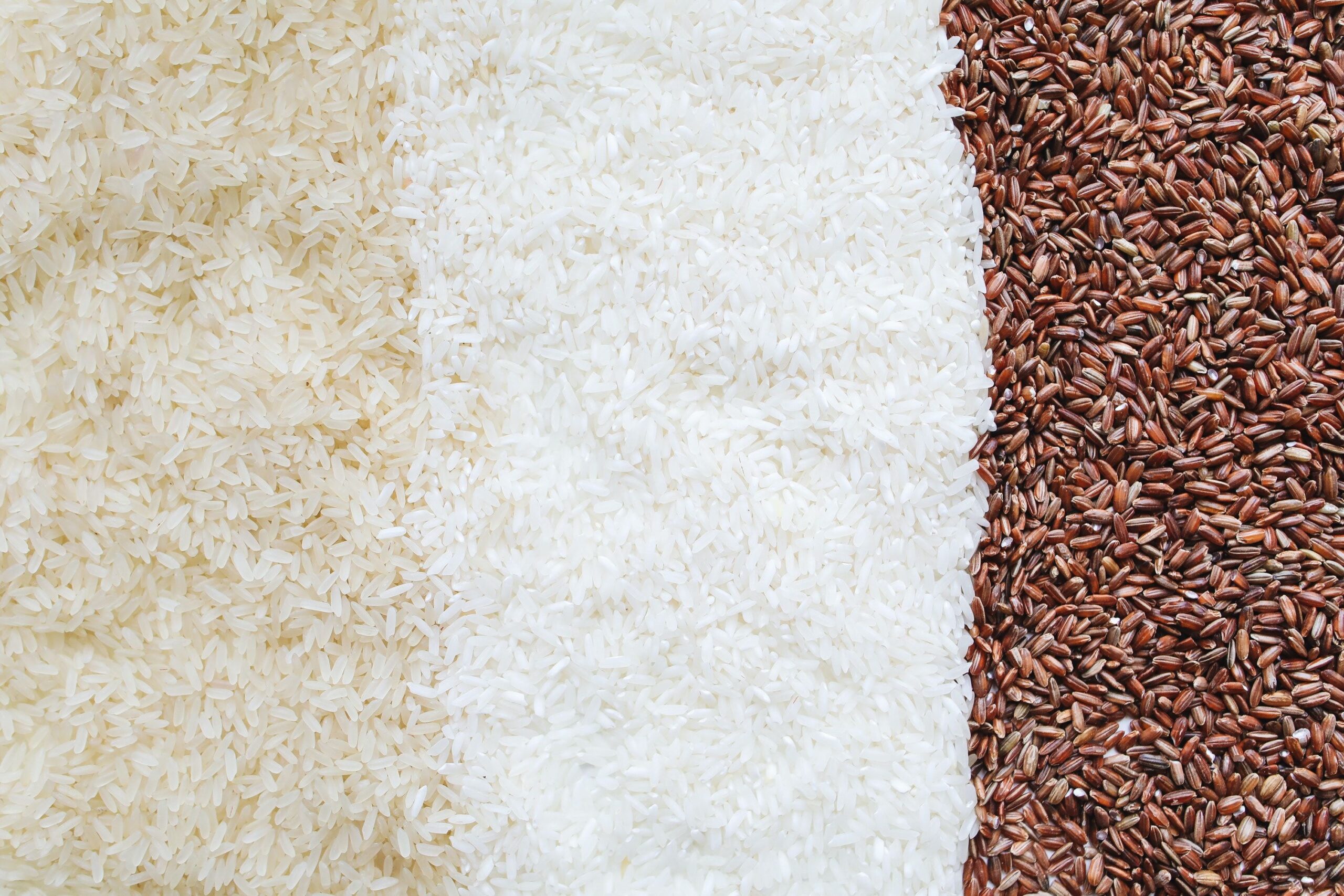Two of the primary risks faced by any producer at any point in time are production and price risk. In agricultural crop production, farmers must deal with the risk of crop yield losses due to several causes of loss such as excess rainfall, drought, and pest pressure via parasitic insects or weed populations. While all crops grown in the U.S. are exposed to these risks, the effect that these risks have on crop yield is not the same for all crops. Understanding the differences in the production of each crop and the risks faced by each crop is important for risk management as this information informs which tools a producer will need to select to minimize losses and stabilize their farm income year-to-year. In this article, we evaluate the relative riskiness of rice to other principal crops grown in the midsouth region to better inform a producer’s risk management strategy and provide implications for policymakers evaluating risk protection programs in the upcoming farm bill.
We compare the relative yield risk of rice production to corn, soybean, and cotton production by considering the state-specific coefficient of variation (CV) for the yield of each crop as a measure of relative yield risk. Put simply, the CV is a measure of how much yield across a given state varies relative to the average yield of that state. The CV allows us to make comparisons between different crops and counties to assess if one crop is more or less risky to grow than another crop in a specific state. We used state-level data[1] from 2007-2022 (USDA-NASS, 2023) and removed a linear time trend from each crop yield in each state to account for changes in technology and production practices in each state over time.
Figure 1 gives the state-specific ratio of the CV for corn relative to the CV for rice. This ratio of two CVs tells us how much more, or less, risky corn yield is relative to rice yield. For example, in Arkansas the ratio of 1.62 implies that it is about twice as risky to grow corn relative to rice in that state. Figure 2 gives the state-specific ratio of the CV for soybeans relative to the CV for rice. Using Mississippi as an example, the ratio of 4.92 implies it is nearly 5 times riskier to grow soybeans than rice in that state. Finally, Figure 3 gives the ratio comparing CVs for upland cotton to CVs for rice with ratios ranging from nearly 2 to a little over 5 indicating it is nearly 2-5 times more risky to grow cotton than it is rice in the states considered.
There are several other levels of relative riskiness across rice-producing counties in the midsouth, but the same message generally holds: rice yield risk is relatively lower than the yield risk of its competing crops in the midsouth. This becomes important when deciding between risk management strategies that focus on production risk or price risk. Due to the lower rice yield risk, programs such as the Price Loss Coverage (PLC) may be more advantageous to rice producers than programs like the Agriculture Risk Coverage (ARC) program, which also helps explain why rice producers have overwhelmingly favored PLC.
Figure 1. Ratio[1] of the CV for Corn Yield to the CV for Rice Yield (2007-2022)

Figure 2. Ratio of the CV for Soybean Yield to the CV for Rice Yield (2007-2022)

Figure 3. Ratio of the CV for Upland Cotton Yield to the CV for Rice Yield (2007-2022)

[1] We note that while we are unable to distinguish between irrigated and nonirrigated yields across time, USDA-NASS provides a breakdown of the shares of irrigated and nonirrgated acres in Table 34 of the 2017 Agricultural Census. The portions of acres irrigated in Arkansas for corn, soybeans, and cotton is 93%, 85%, and 93%, respectively. The same irrigated portions in Mississippi are 81%, 74%, 74%. The irrigated portions for Louisiana are 78%, 68%, 60%. The irrigated portions for Texas are 84%, 83%, and 52%.
References
USDA-NASS. (2023, May 10). USDA-NASS 2017 Agricultural Census. Retrieved from https://www.nass.usda.gov/Publications/AgCensus/2017/Full_Report/Volume_1,_Chapter_1_State_Level/
USDA-NASS. (2023, April 20). USDA-NASS QuickStats. Retrieved from https://quickstats.nass.usda.gov/
Biram, Hunter, and Brian E. Mills. “Analyzing the Relative Riskiness of Rice Yields.” Southern Ag Today 3(19.4). May 11, 2023. Permalink
Photo by Polina Tankilevitch: https://www.pexels.com/photo/close-up-photo-of-assorted-rice-4110255/


